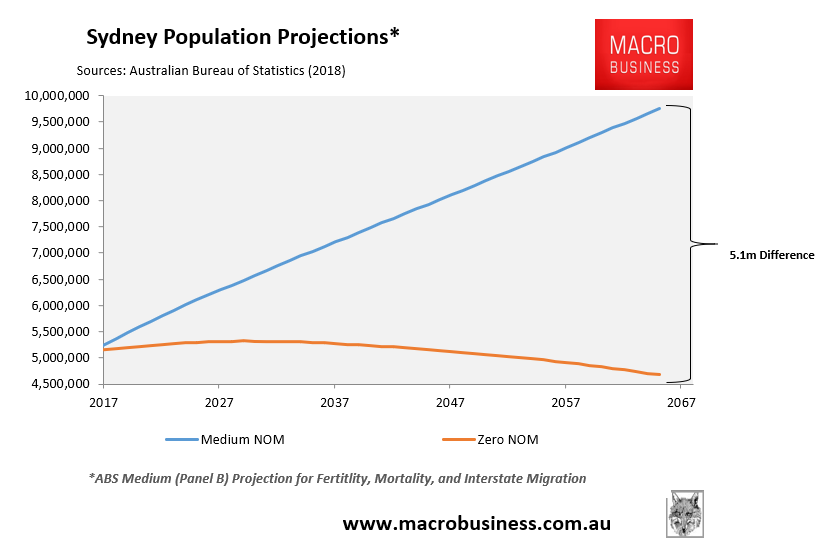The New South Wales government recently announced plans to double the capacity of the Sydney desalination plant to 500 million litres a day. A 15 million litre a day plant is also planned for the Hunter region, while one as large as the existing Sydney plant could be built in the Illawarra region if water levels in Sydney dams continue to fall. These desalination plants have sparked concern about a possible lift in greenhouse gas emissions in NSW:
Independent MP Justin Field said other desalination works could add to the demand on the grid…
“Desalination is hugely energy intensive and will produce significant greenhouse gas emissions if powered by coal,” Mr Field said. “The new and expanded desalination plants currently being considered in Sydney, the Illawarra and the Hunter could consume as much as 615 gigawatt-hours of electricity a year.”
If all that electricity were to come from the state’s coal-fired power stations, NSW’s annual emissions would increase by some 615,000 tonnes of carbon dioxide-equivalent a year, or the same as adding 250,000 cars on the road, he said…
Let’s cut the bull. Australia will never meet its emissions target while it continues to grow its population by around one million people every three years via mass immigration.
The next chart on Sydney highlights the point. According to the ABS’ medium (Panel B) population projections, Sydney’s population will hit 9.7 million people by 2066, 5.1 million more than what would occur under zero net overseas migration (NOM):

That’s an enormous number of extra people consuming resources and emitting greenhouse gasses.
Moreover, with reduced projected rainfall and rising evapotranspiration rates, Sydney and its surrounding regions would need to build a battery of energy-sucking water desalination plants, which will necessarily raise emissions.
Remember too that around one quarter of Australia’s emissions come from the construction, operation and maintenance of buildings. Therefore, as Sydney’s population almost doubles, so too will the number of buildings, driving emissions upwards.
Sure, the Government could attempt to power these desalination plants via renewable energy, but this would very likely shuffle the deck chairs and leave the rest of the state relying on traditional power supplies.
Immigration-fuelled population growth is unambiguously threatening Australia’s ability to meet its Paris Agreement emissions targets, in addition to straining its fragile natural environment.
The current droughts and fires should be a call to arms to stop this ‘Big Australia’ policy madness.

